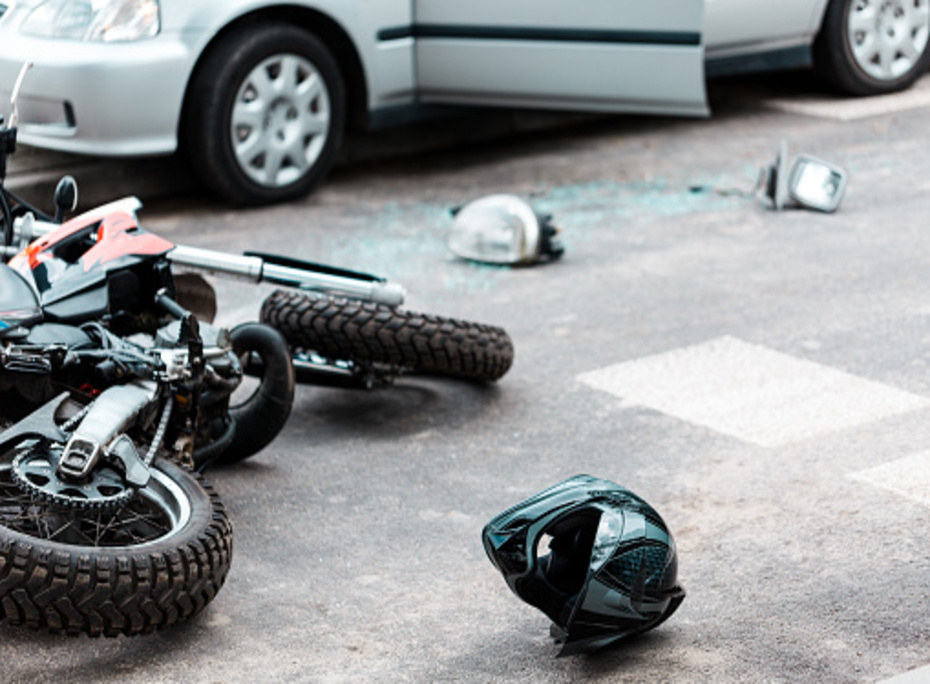Sadly, road traffic collisions involving motorcyclists aren’t uncommon. The expert team of Lamber Goodnow Injury Lawyers deal with thousands of motorcycle accidents every year.
Although the majority of these incidents don’t result in fatalities, some of them can cause deaths or permanent injuries and disabilities. Depending on the cause and severity of the accident, the drivers who are involved in the incident can be impacted for the rest of their lives.
There are several reasons why motorcycle incidents occur across the country, and this article will discuss the most common ones.
What Are the Most Common Causes of Motorcycle Accidents?
If you’re a motorcycle owner, you must take the necessary safety precautions every time you take your bike out for a ride. Especially if you’re riding at peak traffic times. If you’re in a crash with a driver of a car, they could hire a car accident lawyer and claim against you.
Being aware of your surroundings, wearing proper safety gear, and riding sensibly are just some of the key ways to protect yourself physically and financially on the roads.
Learning about the reasons why motorcycle-related road traffic accidents occur is also essential to keep you, other drivers, and pedestrians safe. Here are the most common causes of motorbike accidents on the roads.
Losing Concentration While Riding
Even the tiniest lapse in concentration can lead to serious accidents. When you’re traveling at high speed on your bike, it’s all too easy to miss hazards and end up in a road traffic collision.
You should always maintain focus on the road ahead and stay vigilant. So you can spot potential hazards before you reach them. When you spot road hazards early, you’re able to take action to avoid getting into an accident.
Riding a motorcycle requires you to be responsible and sensible. Whether setting off, parking, or riding down the road, you should always concentrate on what you’re doing to protect yourself and those around you.
Speeding On the Roads
Speeding is illegal because it significantly increases the risk of accidents, collisions, and fatalities. It’s essential that you ride at the speed limit on every road to keep yourself safe.
If you’re unsure what the speed limit is on the road, you should drive 30 miles per hour until you see a sign. Be aware that school zones or pedestrian-heavy areas tend to have speed limits of 20 miles per hour or below. Dual carriageways may have a maximum speed limit of 60 miles per hour.
You can always check the speed limit of a road using Google Maps or another digital map before you set off.
Riding While Tired
Fatigue is one of the most common causes of motorcycle accidents with all types of vehicles. When you’re tired, your reaction times are slower than usual and this reduces your ability to react quickly to hazards on the roads.
It’s always best to avoid riding your bike and find an alternative mode of transport if you’re tired. If you start to feel drowsy while you’re riding. Better to pull over to the side of the road and take a moment to stretch your legs and calm your mind.
Riding Under the Influence
Riding your bike after you’ve been drinking alcohol is illegal and increases your risk of accidents and injuries.
Currently, the legal limit is 35 mg of alcohol per 100 ml of breath. If you’re caught riding your motorcycle while drunk, you could get your license revoked and receive a hefty fine.
When you’re under the influence, you’re less able to react to hazards and ride sensibly. Alcohol increases your chances of crashing into another vehicle, a pedestrian, or an obstacle on the roads.
If you’re going out to the pub, avoid riding your bike and opt for public transport. You could ask a friend or relative to give you a lift if you don’t fancy getting the bus or train.
Failing to Indicate When Turning into a New Road
Your indicators are there for a reason, and your ability to use your indicators effectively will have been tested during your exam to obtain your motorcycle license. You should use your indicator lights every time you turn into a new road. Using indicator is safe and better even if it looks like there is nobody around.
You might not be able to see a pedestrian crossing the road or an oncoming vehicle before you reach the junction. Signaling with your indicator lights enables other drivers and pedestrians to take the appropriate actions to avoid colliding with you.

